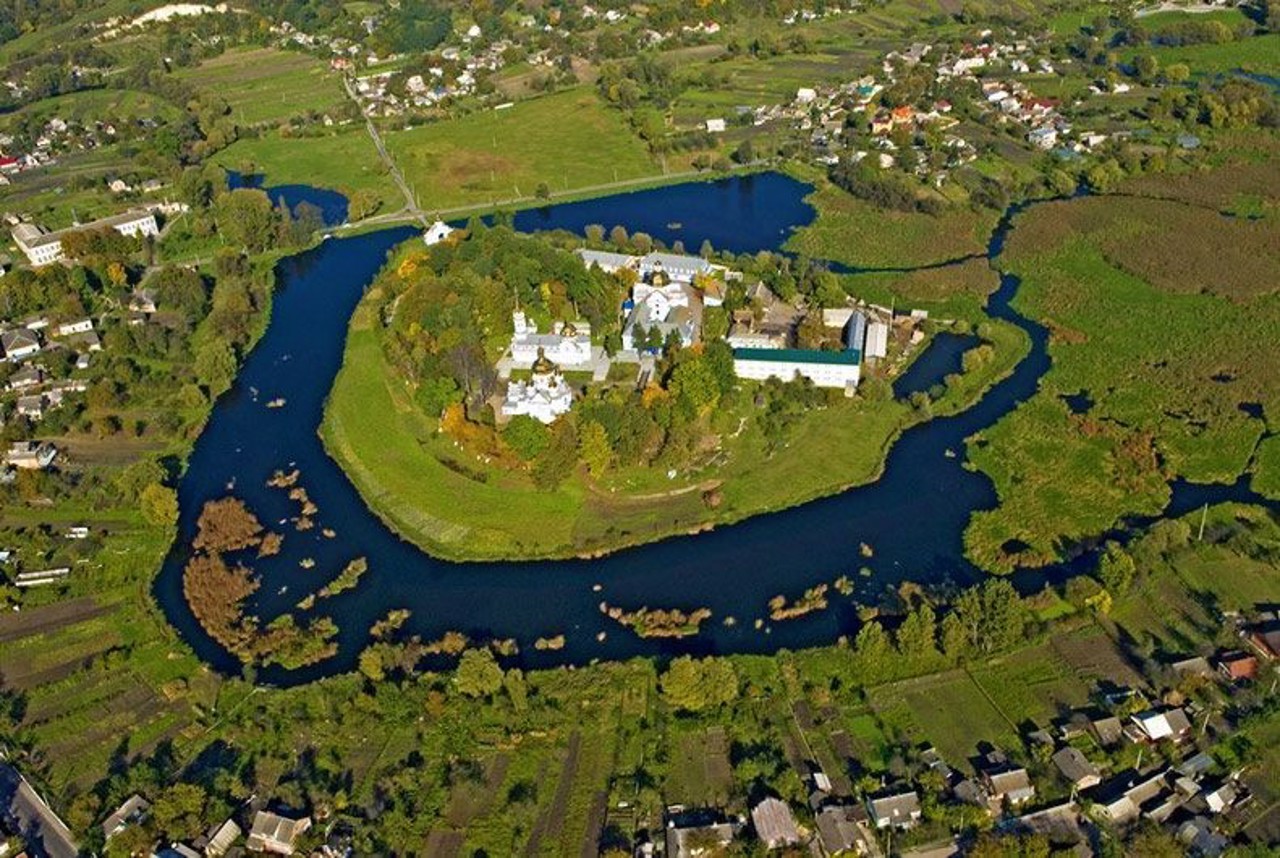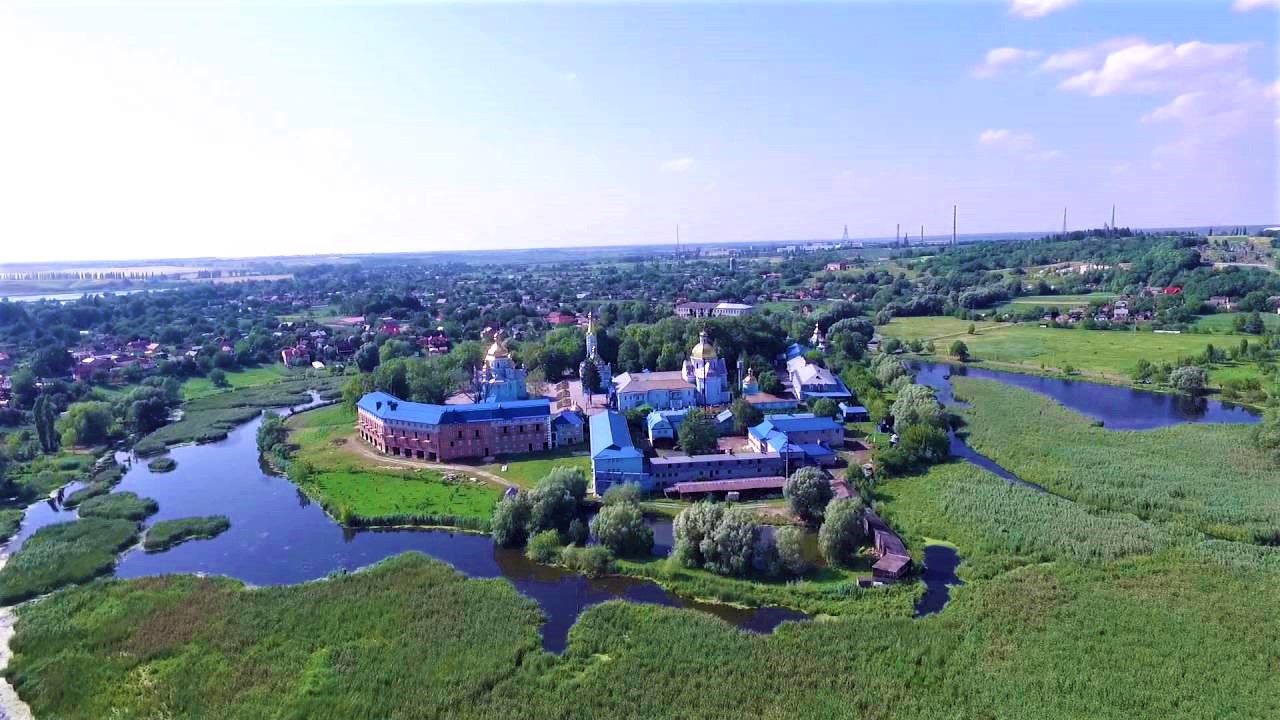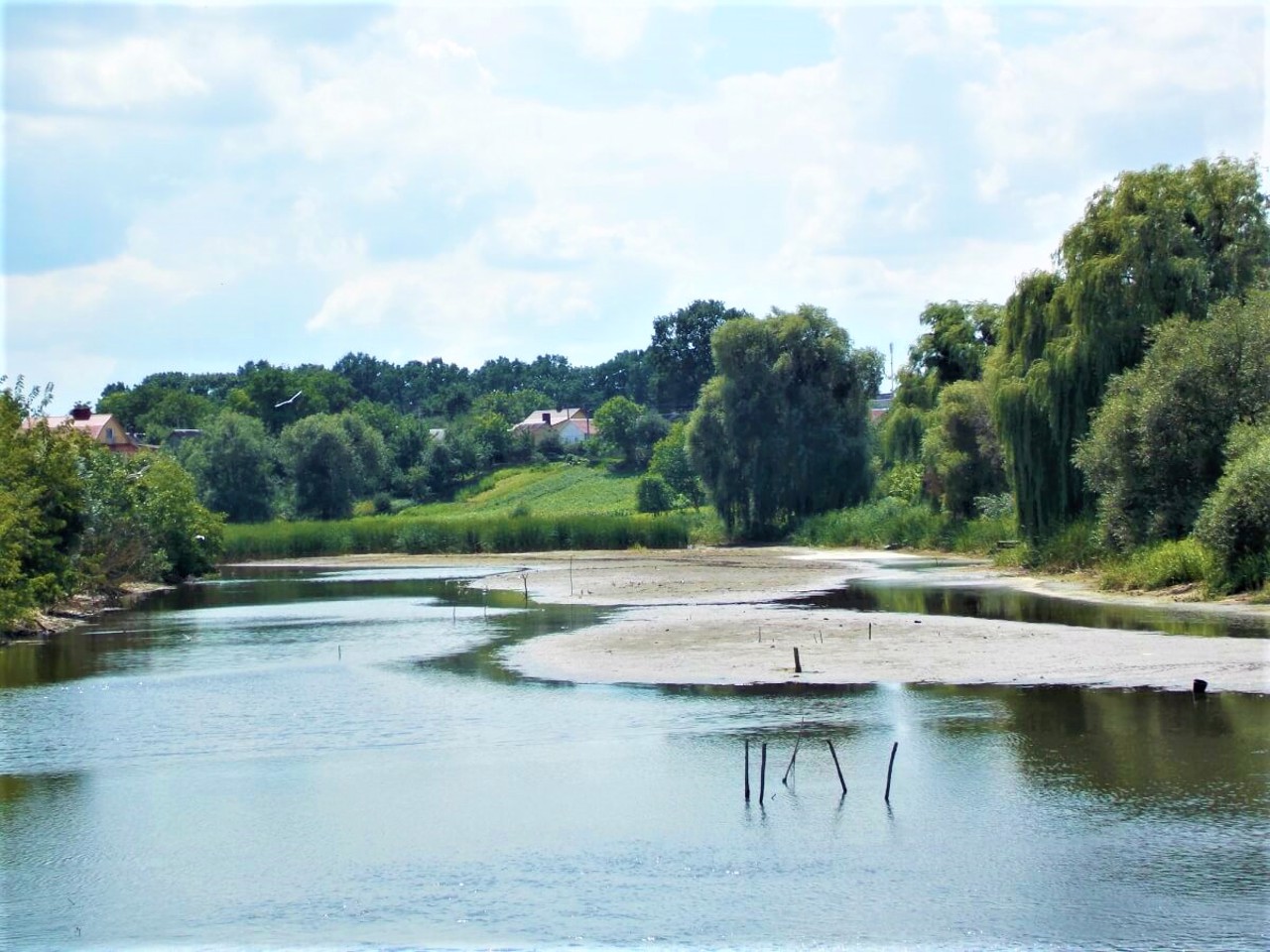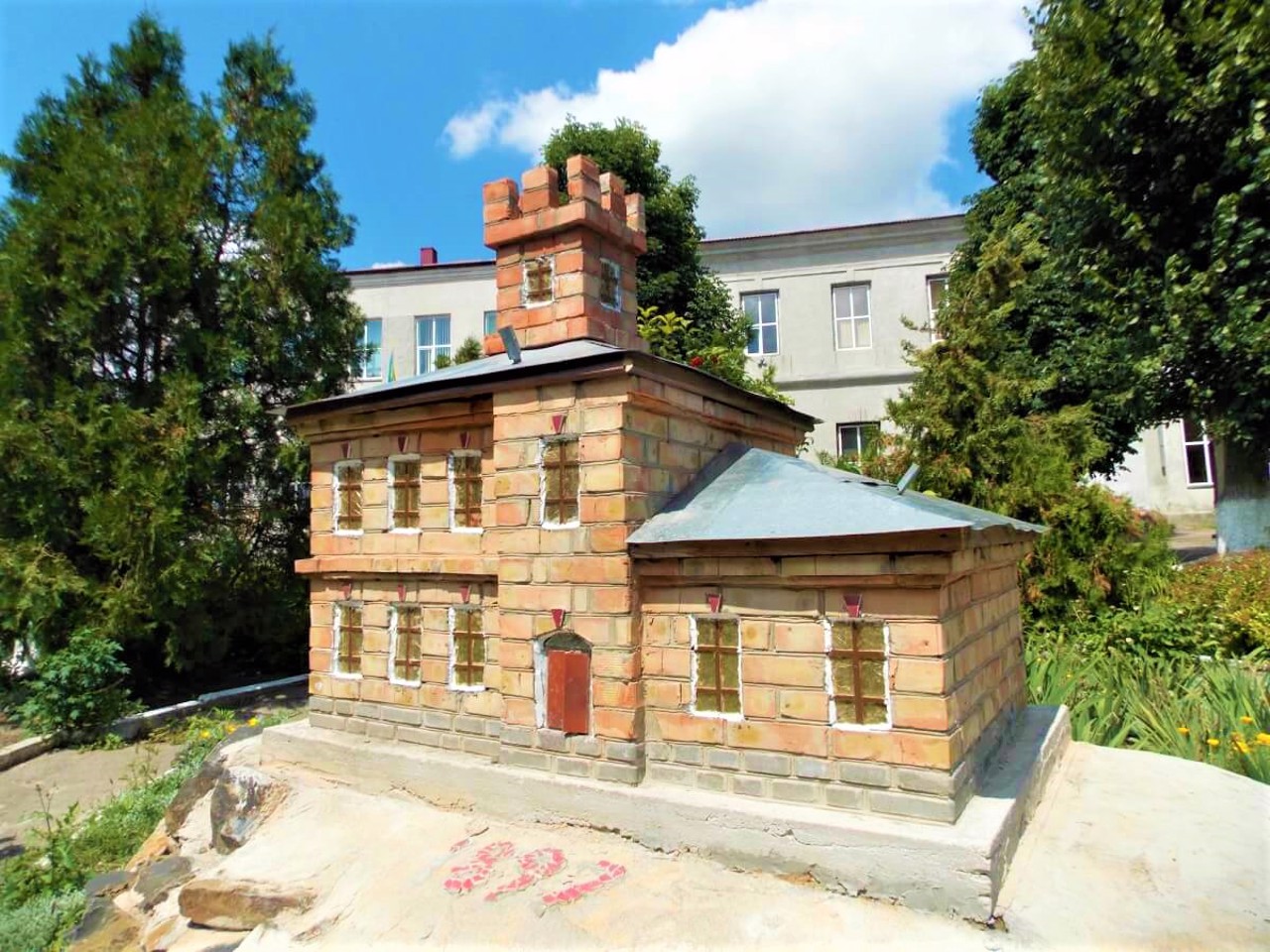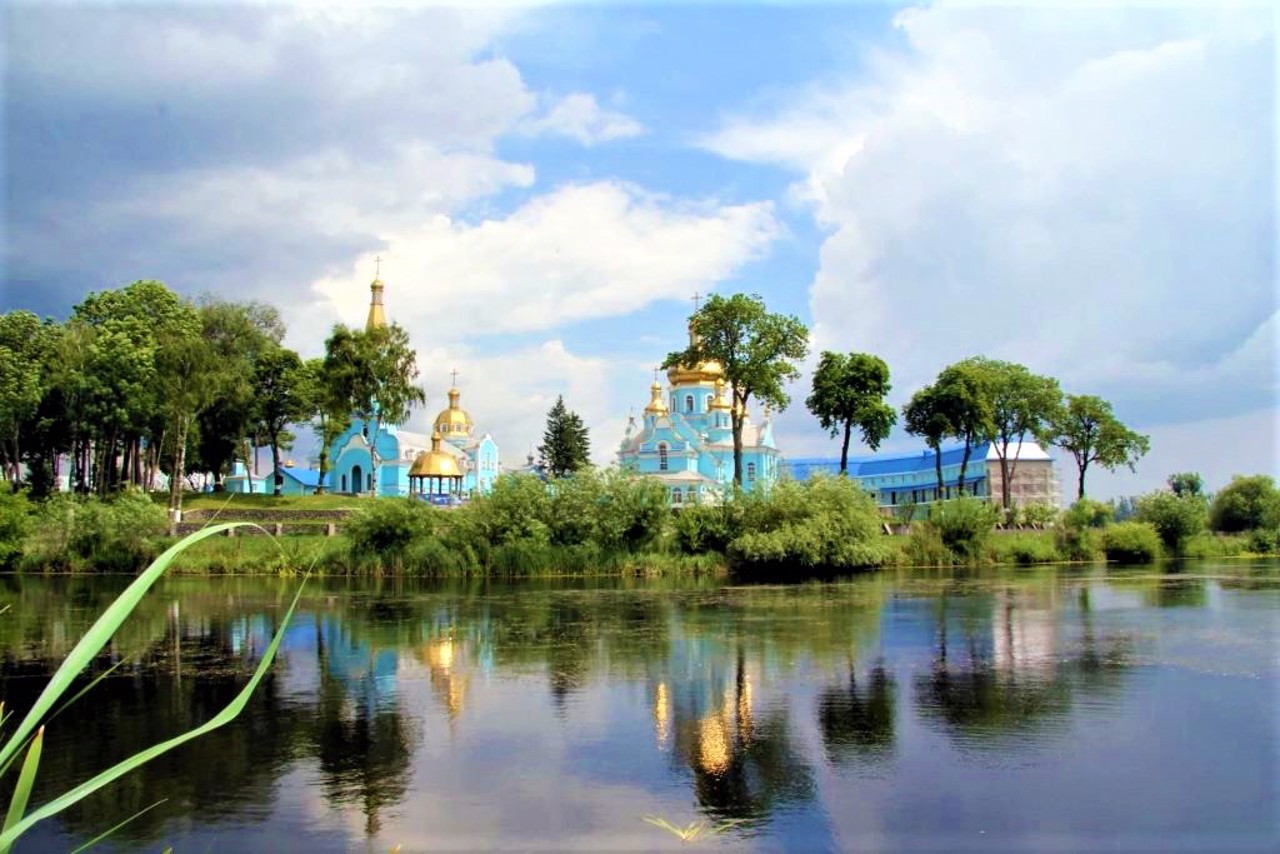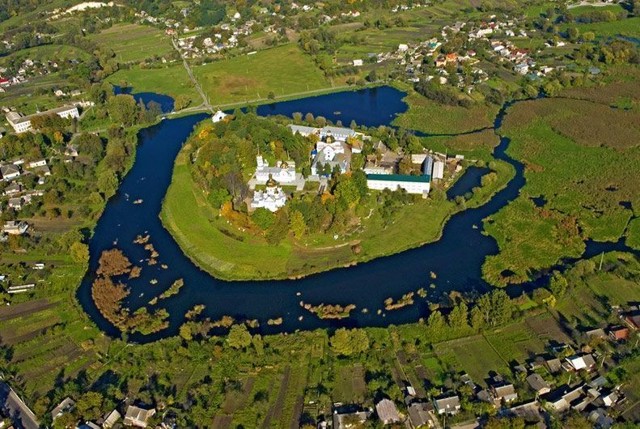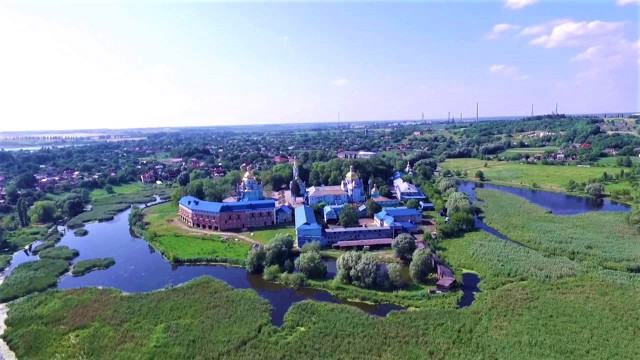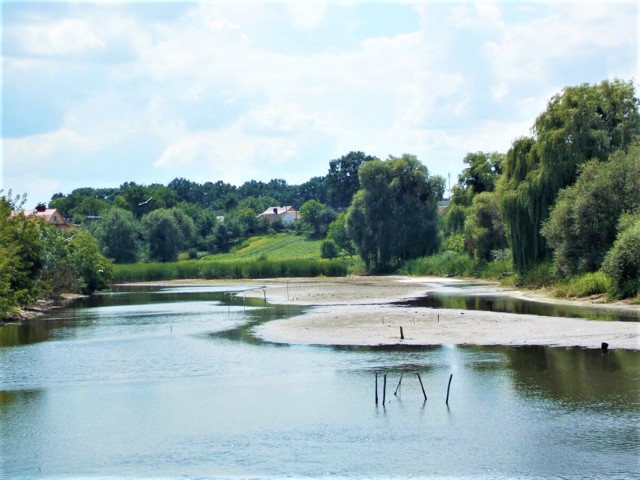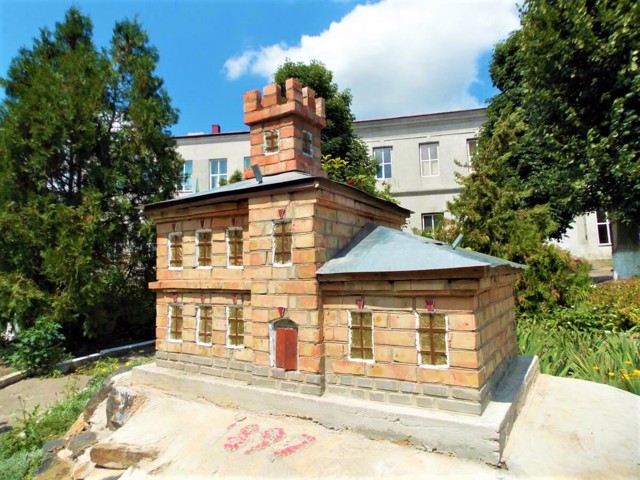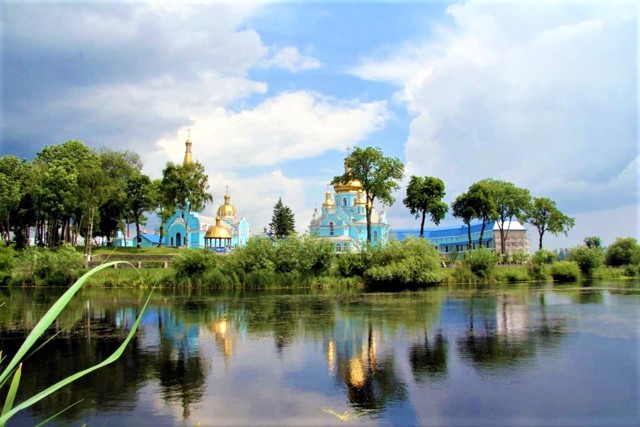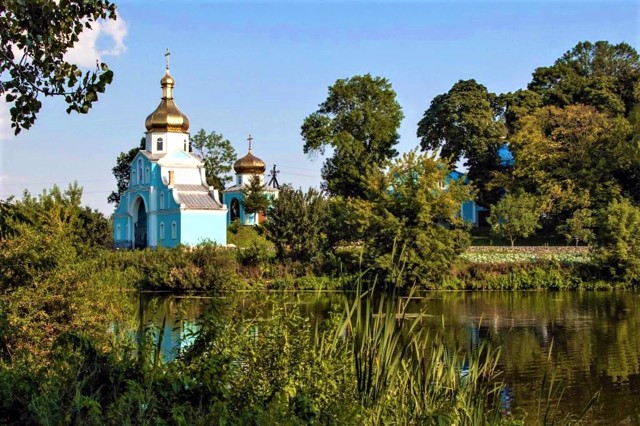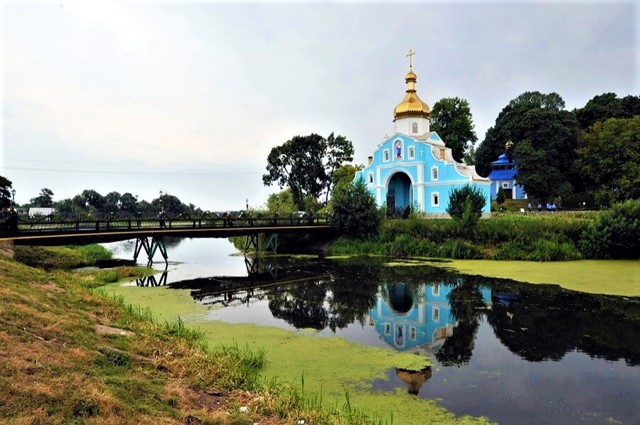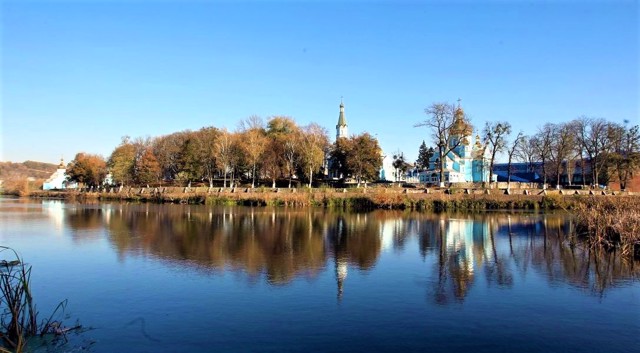Functional temporarily unavailable
General information about Horodok
The village of Horodok on the Ustya River is located 10 kilometers northwest of Rivne, next to the highway H-22 "Rivne - Lutsk".
It was first mentioned in documents in 1443 as the property of the Lithuanian prince Svydryhaylo. The name indicates that already at that time there was some kind of fortification on the large island washed by two branches of the Ustya.
In 1475, Horodok became the property of the Nesvyzhskyi princes, then - Princess Mariya Rivnenska.
In 1517, when Princess Holshanska presented Horodok to the Kyiv-Pechersk Lavra, an Orthodox monastery was founded within the walls of Horodok Castle, which later became the residence of Greek-Catholic bishops. In 1740, Bishop At ...
The village of Horodok on the Ustya River is located 10 kilometers northwest of Rivne, next to the highway H-22 "Rivne - Lutsk".
It was first mentioned in documents in 1443 as the property of the Lithuanian prince Svydryhaylo. The name indicates that already at that time there was some kind of fortification on the large island washed by two branches of the Ustya.
In 1475, Horodok became the property of the Nesvyzhskyi princes, then - Princess Mariya Rivnenska.
In 1517, when Princess Holshanska presented Horodok to the Kyiv-Pechersk Lavra, an Orthodox monastery was founded within the walls of Horodok Castle, which later became the residence of Greek-Catholic bishops. In 1740, Bishop Atanasiy Sheptytskyi built the Saint Nicolas Church at the monastery. Counts Esterkhazi, who owned the Horodok in the 18th and 19th centuries, rebuilt the defunct monastery into an aristocratic residence in the style of classicism. In Soviet times, a tuberculosis sanatorium was placed there, and now it is the Saint Nicholas Horodok Monastery.
The last owner of Horodok, Baron Fedir Shteynhel, made a great contribution to the development of the village - he opened an elementary school and a hospital, as well as the first local history museum in Volyn based on the results of his archaeological excavations in the village. The central street of Horodka now bears the name of Baron Shteynhel.
Село Городок на річці Устя розташоване в 10 кілометрах на північний захід від Рівного, поруч з трасою Н-22 "Рівне - Луцьк".
Вперше в документах згадується в 1443 році як власність литовського князя Свидригайла. Назва вказує на те, що вже тоді на великому острові, що омивається двома рукавами Усті, було якесь укріплення.
В 1475 році Городок перейшов у власність князів Несвижських, потім - княгині Марії Рівненської.
В 1517 році, коли княгиня Гольшанська подарувала Городок Києво-Печерській лаврі, в стінах Городоцького замку було засновано православний монастир, який став потім резиденцією греко-католицьких єпископів. В 1740 році єпископ Атанасій Шептицький побудував при монастирі Миколаївську ...
Село Городок на річці Устя розташоване в 10 кілометрах на північний захід від Рівного, поруч з трасою Н-22 "Рівне - Луцьк".
Вперше в документах згадується в 1443 році як власність литовського князя Свидригайла. Назва вказує на те, що вже тоді на великому острові, що омивається двома рукавами Усті, було якесь укріплення.
В 1475 році Городок перейшов у власність князів Несвижських, потім - княгині Марії Рівненської.
В 1517 році, коли княгиня Гольшанська подарувала Городок Києво-Печерській лаврі, в стінах Городоцького замку було засновано православний монастир, який став потім резиденцією греко-католицьких єпископів. В 1740 році єпископ Атанасій Шептицький побудував при монастирі Миколаївську церкву. Графи Естерхазі, які володіли Городком в XVIII-XIX століттях, перебудували недіючий вже монастир на аристократичну резиденцію в стилі класицизму. В радянський час там розмістили туберкульозний санаторій, а зараз це Свято-Миколаївський Городоцький монастир.
Останній власник Городка барон Федір Штейнгель вніс великий внесок в розвиток села - при ньому було відкрито початкову школу і лікарню, а також перший на Волині краєзнавчий музей на основі результатів його археологічних розкопок в селі. Центральна вулиця Городка тепер носить ім'я барона Штейнгеля.
Сплануй своє перебування у Horodok
What to see and where to go in Horodok
Tourist attractions and museums of Horodok
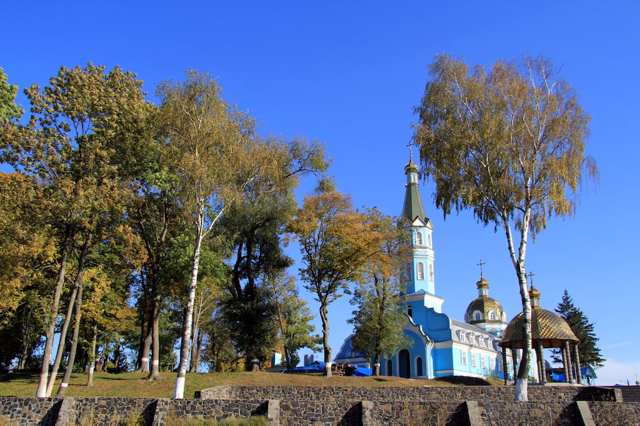
Horodok Saint Nicholas Monastery
Temple , Architecture
The Saint Nicholas Horodok Convent was founded in the 16th century, when Princess Anastasiya Vilshanska donated her Horodok estate with a castle on an island in the middle of the Ustya River to the Kyiv-Pechersk Lavra.
During the time of Ruina, when Ukraine was divided between Poland and Russia, the monastery passed to the Greek Catholics and became the residence of bishops. In 1740, the bishop of Kamyanets, Atanasiy Sheptytskyi, built a stone church of Saint Nicholas of Myrlikiya on the island. The stone body of the cells, which adjoins the church from the south, is dated to the same period.
After the annexation of Volhynia to the Russian Empire, the new owner of the estate, Count Esterhazi, rebuilt the cell block into a manor palace in the style of classicism and planted a park on the island. At the end of the 19th century, Baron Feodor fon Shteynhel built three new buildings to the northeast of the church and placed the first local history museum in Volyn in one of them.
During World War II, the palace housed a military hospital, then a regional tuberculosis sanatorium. In 1991, the complex of cells was transferred to the UOC of the Moscow Patriarchate, which revived the Saint Nicholas Horodok Women's Monastery. At the same time, the Church of Saint Nicholas belongs to the Orthodox Church of Ukraine.
Reviews Horodok
Geographical information about Horodok
| {{itemKey}} | {{itemValue}} |
|---|---|
| Region |
Rivne |
